On Black Friday, think about the most expensive product that you sell. If you followed the advice of one particular behavioural economist named William Poundstone – you should triple it. Last year Poundstone published a book called Priceless: The Myth of Fair Value (and How To Take Advantage Of It) where he shared a core principle that many others in the behavioural economics field have written about as well.
It is called “anchoring” and it refers to the practice of using one high priced product or service option (an anchor) to make everything else that you sell seem cheaper by comparison. It is a simple idea, but one that is repeated over and over by large businesses as they focus on the psychology of selling. It is also a principle that can help your small business.
In practice, it might seem a bit dishonest to use a trick like this. The truth that Poundstone argues in his book is that in reality people are clueless about what goods should be worth and what they would be willing to pay. How do you know that a mango should cost a dollar, or a DVD should be $24.99? These are arbitrary prices set based on what we are conditioned to expect in the market. The negative side of this is that when we expect to pay a certain amount for something, we may be ready to overpay.
This principle of anchoring is one that can be used to describe all kinds of situations we might see in real life, from the rationale behind why lawyers in personal injury cases often demand completely unreasonable amounts of money for compensation (eg – $20 million for the woman who spilled hot McDonald’s coffee on herself and sued them because the coffee was “too hot”). When you ask for that much, settling for $2 million seems like a great deal.
Street vendors use this principle often, as you may head to any country in the world and the first price you get from a street vendor may be exorbitantly high – but fairly quickly they are eager to drop the price by 50% or more.
Pricing is always a tricky question as you try to determine what the true value is for what you have to offer. Anchoring can be one way to help you get the most for all that you do, simply by giving your consumers an option that most will never take. The side benefit of this is that you might even sell your high priced service or product to a few customers as well.







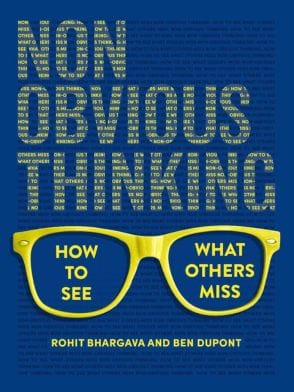







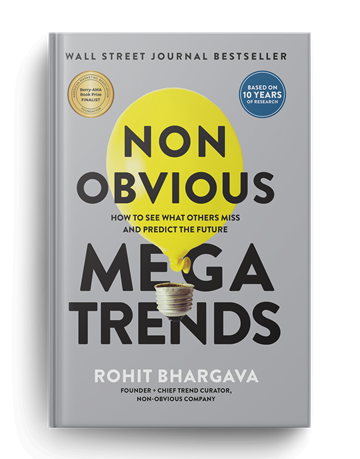
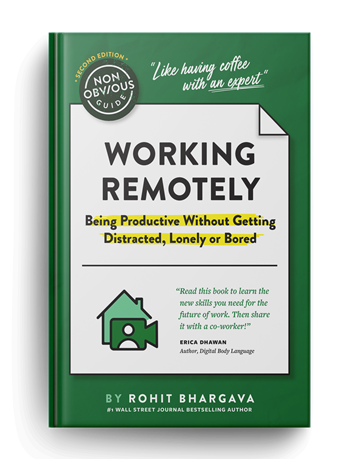


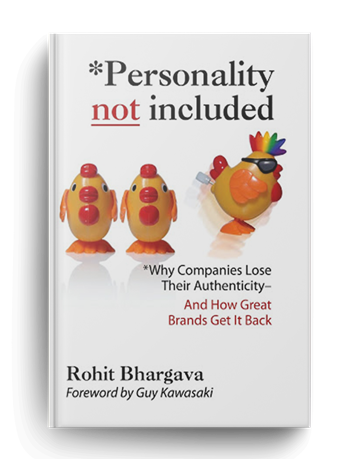
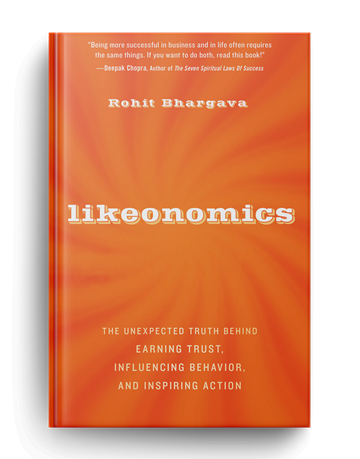


6 thoughts on “The Anchoring Principle”